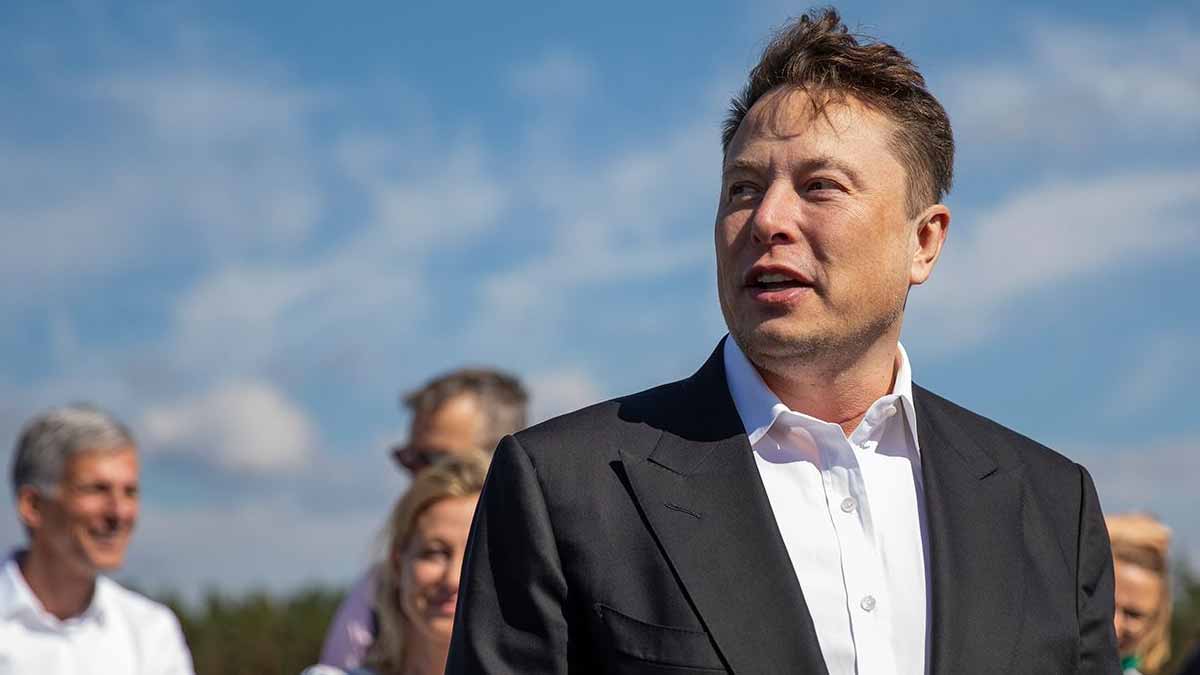A deadline, a check, and a bet on the future set the tone. Elon Musk tried to change how phones reach space, while Apple kept its distance. Tension rose, because both leaders defend their vision and their users. The offer was bold, the answer was firm, and the fallout widened fast. What followed now shapes the next wave of mobile connectivity.
Why Elon Musk Put a Clock on Apple
SpaceX pitched Starlink for iPhone connectivity before Apple’s 2022 launch window. The proposal had clear guardrails and a sharp timer. Musk tied the deal to an 18-month exclusivity period, because he wanted momentum, not drift. The clock read 72 hours. Apple had to move first, or risk watching a rival define the rules.
The money was headline-size for a reason. The offer required $5 billion upfront, then $1 billion a year after exclusivity. That structure transferred risk early and priced long-term access later. It signaled confidence in Starlink’s reach, while it tested Apple’s appetite for dependency on a fast-scaling network outside its walls.
Strategy sat behind every clause. The timing leveraged Apple’s pre-launch pressure. The exclusivity created daylight against anyone else. The annual fee framed a service path, not a one-off purchase. Musk pushed for a yes under heat, because he knew moving first often writes the map.
Inside Apple’s Choice and the Globalstar Bet
Tim Cook declined, and Apple chose Globalstar instead. That path aligned with Apple’s careful supplier model, which favors control, stable risk, and incremental rollouts. The decision surprised observers, yet it matched Apple’s habit of shaping upstream partners while it safeguards product cadence. Elon Musk kept building; Apple kept insulating.
Globalstar fit Apple’s posture. It was smaller, less combustible, and easier to bound within contracts and guardrails. Apple accepted narrower capabilities at first, because reliability, privacy, and battery life weigh heavily in its product tradeoffs. The move also reduced dependence on a competitor whose road map could overshadow Apple’s own.
Apple’s pick set a line in the sky. It committed to a focused emergency feature, not full consumer satellite service. It kept options open, because contracts evolve as networks mature. And it preserved leverage, since Apple can pivot when economics, antennas, or regulators shift. The choice was conservative, but it was coherent.
How the Market Shifted After the Rejection
SpaceX answered through execution. It partnered with T-Mobile and unveiled Starlink “Direct to Cell,” a service that extends satellite signals to standard phones. The announcement rewired expectations, as carriers explored coverage beyond towers. Elon Musk turned a refused deal into a public roadmap and a working lane to consumers.
For iPhone users on T-Mobile, access arrived through the carrier door. That avoided Apple’s vendor stack and proved a second route to space-enabled messaging. The move put pressure on Apple’s forecast and on rivals’ timelines, since the phone no longer needed exotic hardware to talk to a satellite.
The rivalry escalated by design. One path ran through Apple’s curated partnership; the other ran through a broad carrier bridge. Starlink emphasized reach and pace. Apple emphasized stewardship and integration. Users benefited either way, because emergency coverage and remote messaging improved, even as both companies chased strategic high ground.
Spectrum Battles That Raise the Stakes for Elon Musk
Competition shifted into filings and frequencies. SpaceX challenged Globalstar’s use of a key wireless band and argued the spectrum sat under-utilized, which restrained competitors. The petition targeted the very lanes Apple depended on for satellite messaging. Legal threads tightened, because connectivity lives or dies on licensed air.
The consequences were simple and sharp. If SpaceX succeeded, Apple’s plan could face friction, delays, or renegotiation. Apple would then need alternatives, either by changing bands, expanding partners, or weighing a new arrangement. The process takes time, money, and engineering focus, while users expect seamless coverage and immediate reliability.
These moves weren’t side shows; they were the show. Spectrum defines capacity and quality, while contracts define speed. Musk’s legal posture protected Starlink’s runway. Apple’s response protected its product promise. Each filing shaped bargaining power, because courtrooms and commissions often decide how far a new service can stretch.
Inside Apple: Dissent, Risk, and the Road Ahead
Internal debates surfaced. Reports cited concerns from senior leaders, including Craig Federighi, about Globalstar’s aging network and thin upgrade path. That raised questions about durability, because emergency features must scale under stress. Elon Musk continued to iterate in public, while Apple re-validated private assumptions and contingencies.
Risk management, not headlines, governs Apple’s pace. It can layer features as antennas shrink, radios improve, and standards settle. It can also adjust suppliers, since performance, pricing, and reliability shift with every launch. Meanwhile, users care about messages sending when towers fail, not which satellite carried the words.
The road ahead looks two-track. One track pushes direct-to-cell services through carriers and constellation upgrades. The other strengthens Apple’s targeted safety feature, then widens when parts and policy line up. The rivalry keeps both tracks honest, because market pressure tests promises. Users gain reach; regulators gain leverage; partners gain urgency.
What This Showdown Signals for Phones, Space, and Strategy
Choices like these echo for years. Apple guarded control and risk, while Elon Musk pressed speed and scope. Both understand that satellite links could become as normal as Wi-Fi. As filings move and networks grow, the winner will not be loudest, but most reliable at scale. The price of saying no—or yes—keeps rising.
